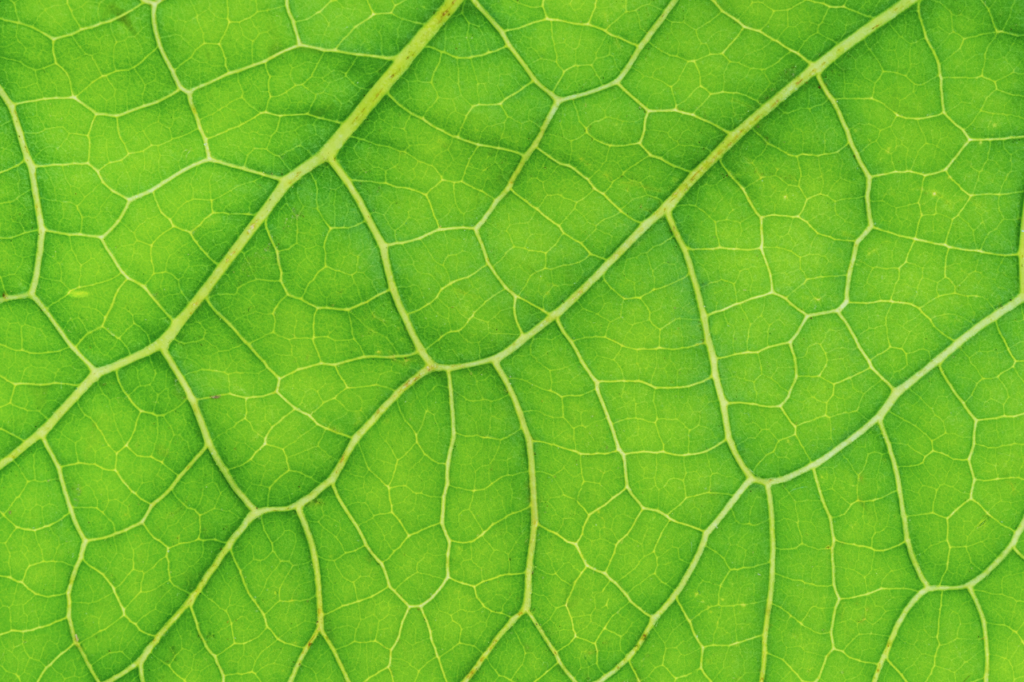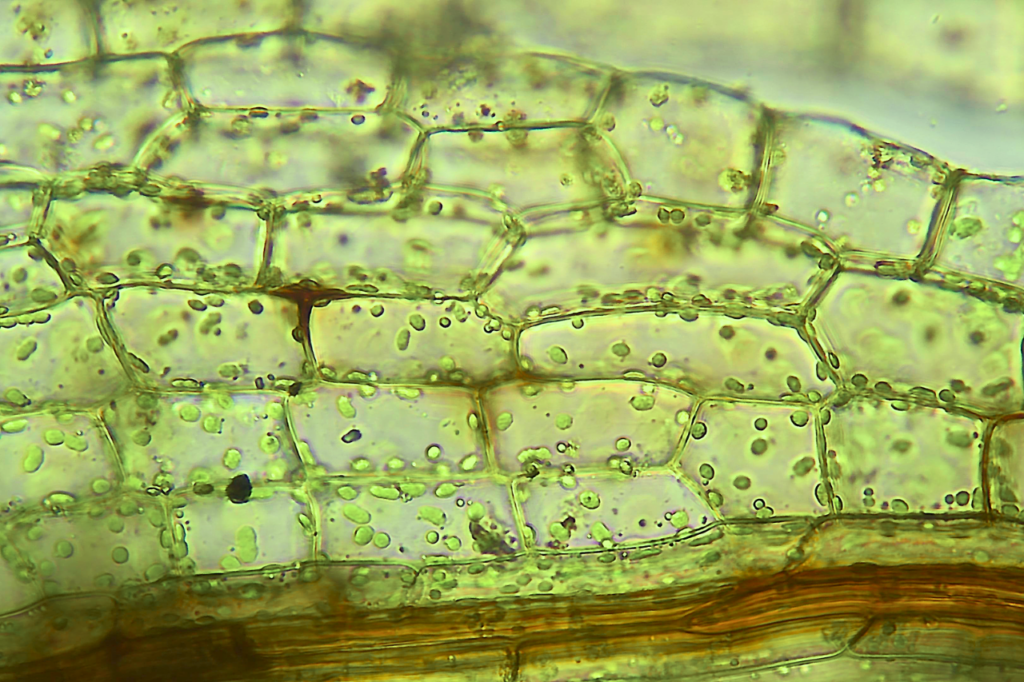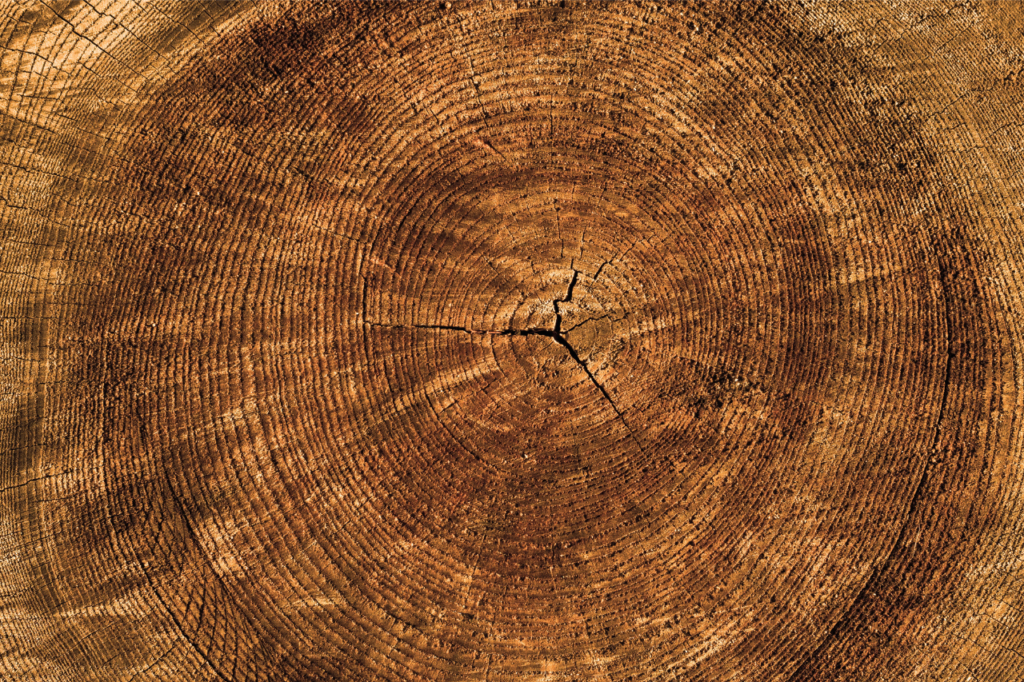

Cellulose is one of nature’s most essential and common organic compounds. It is a polymer of long chains of glucose units and is the main component of plant cell walls. Cellulose is found in the stem, leaf and stalk of plants and trees and thus in materials such as cotton, linen, hemp, bamboo, jute, viscose, modal and lyocell.


Cellulose is also biodegradable and an essential part of the organic cycle in nature. Cellulose is central to soil formation and is critical for soil health and structure. As plants grow, they absorb carbon dioxide from the atmosphere through photosynthesis and use it to create carbohydrates, including cellulose, in their cell walls. When the plants die and decompose naturally or through composting, cellulose forms organic matter in the soil. When decomposers and microorganisms break down cellulose, it releases nutrients such as carbon, nitrogen and phosphorus that are important for plant growth.

Cellulose helps to bind soil particles and retain moisture thanks to its absorptive capacity. At the same time, it makes the soil more porous, which allows the soil to drain and create air circulation. Plants with their root systems help prevent soil erosion, for example. Cellulose has various uses in industries such as paper, textiles and biofuels. For textiles, cellulose is a primary raw material for producing viscose, lyocell, cupro, acetate, and triacetate fibres.
Sources
Wikipedia – Cellulose Fiber ![]()
Fashion Trendsetter – Fiber Dictionary ![]()
December 2023, TÄNKOM | Revised May 2024 RETHINK



